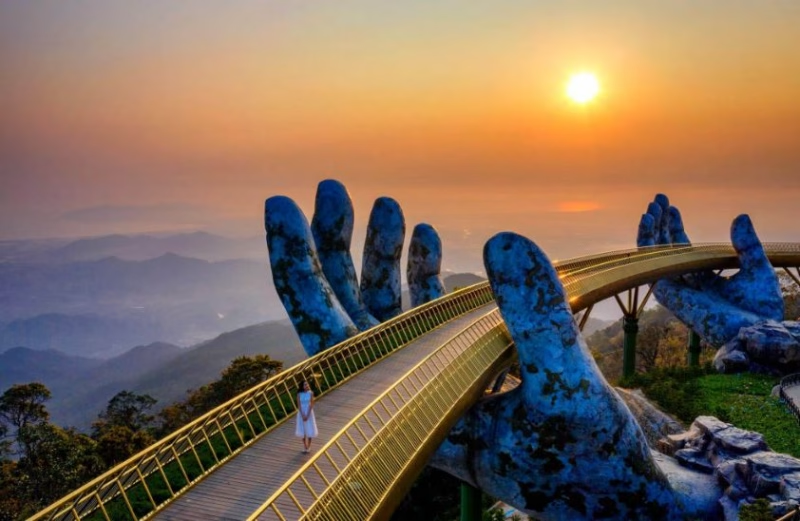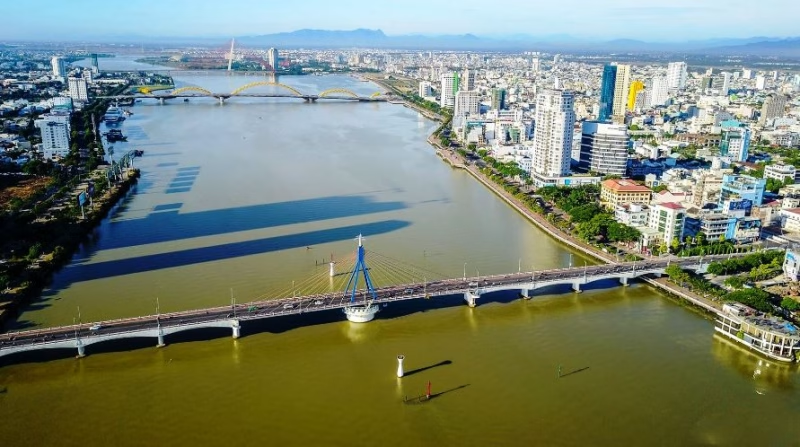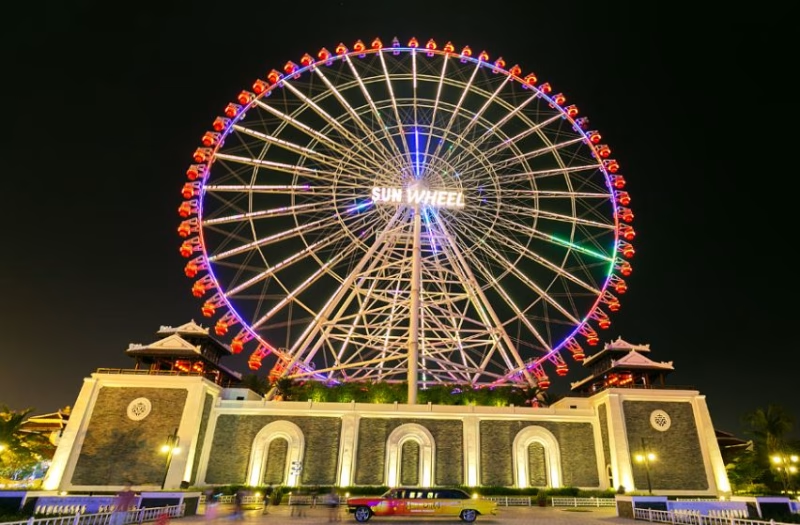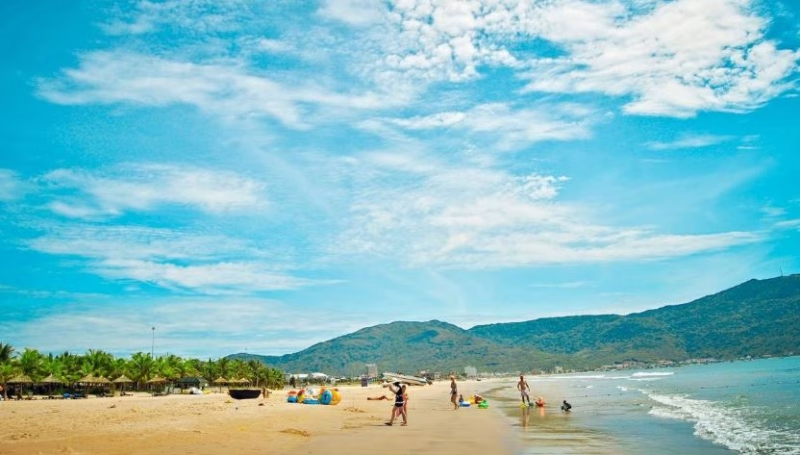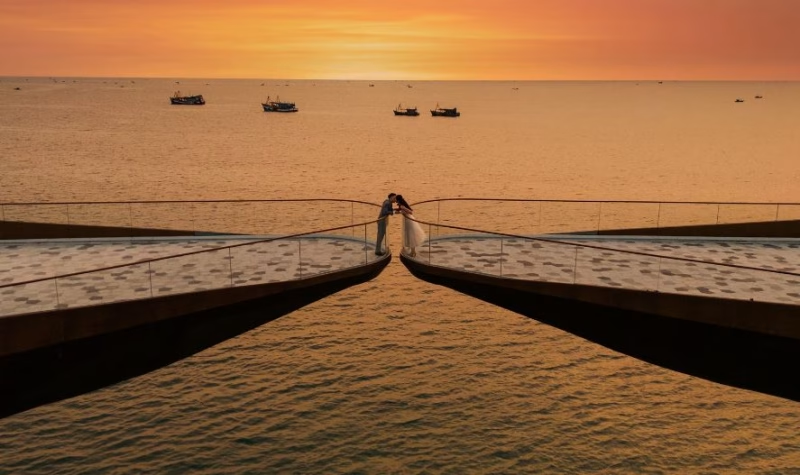Vietnam
Vietnam is a country in Southeast Asia known for its rich history, stunning landscapes, vibrant culture, and delicious cuisine. It’s located along the eastern edge of the Indochina Peninsula, with a long coastline along the South China Sea. Here’s an overview:
Geography:
Location: Vietnam borders China to the north, Laos and Cambodia to the west, and the South China Sea to the east and south.
Language: Vietnamese (Tiếng Việt) is the official language. It’s a tonal language, meaning the pitch or intonation of words can change their meaning.
Cultural Tours
Tourism is travel for pleasure or business; also the theory and practice of touring, the business of attracting, accommodating, and entertaining tourists, and the business of operating tours. Tourism may be international, or within the traveller’s country. The World Tourism Organization defines tourism more generally, in terms which go “beyond the common perception of tourism as being limited to holiday activity only”, as people “traveling to and staying in places outside their usual environment for not more than one consecutive year for leisure, business and other purposes”.
Tourism can be domestic or international, and international tourism has both incoming and outgoing implications on a country’s balance of payments. Today, tourism is a major source of income for many countries, and affects the economy of both the source and host countries, in some cases being of vital importance.
Honeymoon Package
Houseboat
Kayaking
Kayaking is the use of a kayak for moving across water. It is distinguished from canoeing by the sitting position of the paddler and the number of blades on the paddle. A kayak is a low-to-the-water, canoe-like boat in which the paddler sits facing forward, legs in front, using a double-bladed paddle to pull front-to-back on one side and then the other in rotation. Most kayaks have closed decks, although sit-on-top and inflatable kayaks are growing in popularity as well.
Kayaks were created thousands of years ago by the Inuit, formerly known as Eskimos, of the northern Arctic regions. They used driftwood and sometimes the skeleton of whale, to construct the frame of the kayak, and animal skin, particularly seal skin was used to create the body. The main purpose for creating the kayak, which literally translates to “hunter’s boat” was for hunting and fishing. The kayak’s stealth capabilities, allowed for the hunter to sneak up behind animals on the shoreline, and successfully catch their prey. By the mid-1800s the kayak became increasingly popular and the Europeans became interested. German and French men began kayaking for sport. In 1931, a man named Adolf Anderle became the first person to kayak down the Salzachofen Gorge, this is where the birthplace of modern-day white-water kayaking is believed to have begun. Kayak races were introduced in the Berlin Olympic Games in 1936.
In the 1950s fiberglass kayaks were developed and commonly used, until 1980s when polyethylene plastic kayaks came about. Kayaking progressed as a fringe sport in the U.S. until the 1970s, when it became a mainstream popular sport. Now, more than 10 white water kayaking events are featured in the Olympics.While kayaking represents a key international watersport, few academic studies have been conducted on the role kayaking plays in the lives and activities of the public .
Road Cycling
Road cycling is the most widespread form of cycling. It includes recreational, racing, and utility cycling. Road cyclists are generally expected to obey the same rules and laws as other vehicle drivers or riders and may also be vehicular cyclists.
Dedicated road bicycles have drop handlebars and multiple gears, although there are single and fixed gear varieties. Road bikes also use narrow, high-pressure tires to decrease rolling resistance, and tend to be somewhat lighter than other types of bicycle. The drop handlebars are often positioned lower than the saddle in order to put the rider in a more aerodynamic position. In an effort to become more aerodynamic, some riders have begun using aerobars. Who and when aerobars where invented is unclear but they seem to date back to the early 1980s. The light weight and aerodynamics of a road bike allows this type of bicycle to be the second most efficient self-powered means of transportation, behind only recumbent bicycles due to the latter’s higher aerodynamic efficiency.
Treking
Deep forests of Manambolly, nestled in the Anamalai Tiger Reserve between Sholayar Dam and Valparai. This vibrant habitat is a botanist’s delight and home to iconic wildlife such as the Lion-tailed macaque, the Great Hornbill, and the Nilgiri tahr. With nearby attractions like Top Slip and Parambikulam, Manambolly is a photographer’s paradise.
KEY ATTRACTIONS IN THE NEIGHBORHOOD
- Butterfly park, Aliyar
- Chinnakallar Falls
- Thirumoorthy falls
- Attakatti view point
-
NOTABLE WILDLIFE
- Sambar Deer
- Indian Gaur
- Nilgiri langur
- Elephant
- Crocodile
- Barking Deer
- Porcupine
- Variety of Bird Species
- Lion Tailed Macaque
WHAT TO PACK- Daypack or small hiking backpack
- Hiking boots or trail shoes as per your convenience
- Reusable water bottle
- Breathable and quick-drying Clothes are best for changing conditions
- Fleece or lightweight down jacket
- Sun hat or caps
- Trail mix, energy bars, nuts, dried fruits
- Personal medication
- Personal Identity Card
- Sunscreen
- Insect Repellent
- Hand Sanitizer
- Trash Bag
- Water-Resistant Wrap for Electronic Devices for rain protection
- Rain Jacket or Poncho
- Sunglasses with UV protection
